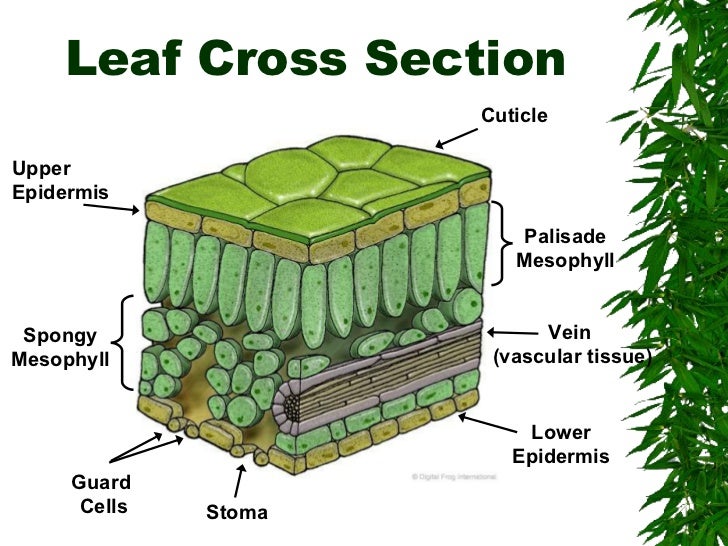We have now cleared the unit about plants. This unit was not so difficult. The unit consisted of two sections, Plant Form & Function and Plant Reproduction. In the first we talked about the parts of the stems, roots, and leaves. The most interesting was the leaves. The leaves have many layers in their thin, fine expanse. The top layer, the cuticle is a waxy coating designed to repel disease-causing agents and to keep in water. The epidermis helps protect the layers below. The palisade mesophyll comes next and ensures maximum absorption of sunlight. The spongy mesophyll below helps to exchange gases and keeps the leaf light. The vascular tissue inside the spongy mesophyll helps to bring water and minerals up and food down. The guard cells make up the stomata at the bottom of the leaf which help to release water and exchange gases.

We also studied plant reproduction. It was interesting to see that plants alternate their method of reproduction from producing spores, to producing gametes. We also discussed pollination and reproduction of flowering plants. What was also interesting was the way plants respond to stimuli such as gravity and light (tropism).
We also took part in a multitude of interesting labs. We began the unit with a dissection of a pickle:
 |
| Monocot vascular tissue |
One really interesting lab was where we examined the different reproductive parts of flowers. We studied tulips, irises, and day lilies. We made sketches and studied each part of the flower. It was quite a fun lab!
 |
| Dicot vascular tissue |
We also underwent a lab where we examined the different tissues of plants. We learned of two major classifications of plants, the monocots and the dicots. We learned how to tell them apart and their key differences. Dicots have great bundles of vascular tissue, which we looked at under the microscope. The monocots have small scattered bundles
of vascular tissue.
I really enjoyed this unit and it wasn't as difficult as the previous ones. I look forward to some hardcore dissection in the next few units!
